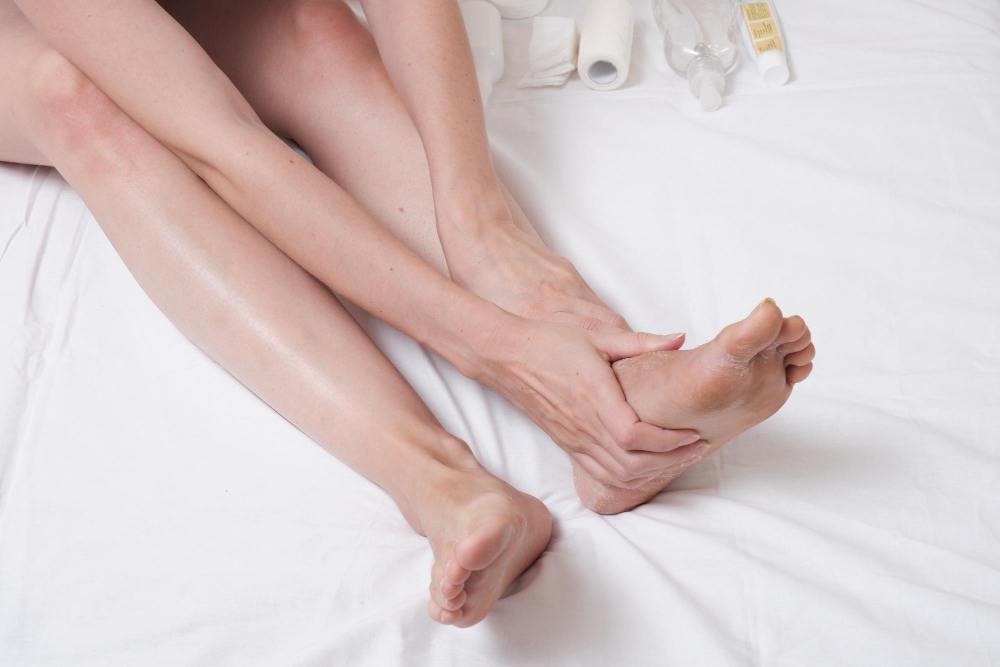Menu

Our feet carry our burden every step of the way, yet we take them for granted. If you’re not paying attention to them, your feet could get deformed and diseased. One common issue that can cause discomfort and affect your quality of life is hammertoe. If you’ve noticed your toe curling downwards, it might just be a sign that you need to investigate.

In this brief article brought to you by Mid Penn Foot & Ankle Specialists, we give you a quick rundown on the basics of hammertoe. If you’d rather consult with a licensed foot doctor in Gettysburg, then call Mid Penn to schedule a convenient appointment today.
Hammertoe is a deformity that typically affects the second, third, or fourth toe. Its defining feature is a bend at the middle joint, making the toe resemble a hammer. This downward curl not only looks disturbing but can also create a lot of pain and discomfort, especially when wearing shoes.
Perhaps the most common cause of hammertoe is wearing shoes that are too tight or have a narrow toe box. High heels, for example, can force the toes into a cramped position and exacerbate the issue. There are other factors at play, however.
We are committed to providing personalized, compassionate care for everyone who walks through our doors. If you’re ready to schedule an appointment with one of our doctors, give us a call or visit one of our locations today.
BOOK AN APPOINTMENTIf you have a family history of foot deformities, you may be more susceptible to developing hammertoe yourself. Trauma to the toe or foot can also alter the alignment of the toe and lead to hammertoe.
Moreover, our ligaments and tendons can weaken as we age. This, along with conditions that cause muscle imbalances in the foot, can lead to deformities like hammertoe.
Hammertoe is not just visually concerning. If left untreated, hammertoe can lead to several complications, including:
Fortunately, there are several treatment options available. First and foremost, there’s foot care. Strengthening and stretching exercises for your toes can improve flexibility and help prevent the condition from worsening, and proper footwear will provide ample room for your toes to move freely. Help your toes help you.
For moderate cases, using padding on the affected toe or taping it in a straight position can provide relief and help improve alignment. Custom orthotic devices can also help provide better support.
In more severe cases, surgery may be necessary to realign the toe and relieve pressure on the joints. Your foot specialist will only suggest this in rare circumstances.
A dependable podiatrist is a doctor that specializes in foot and ankle issues. If you’d like to consult with a licensed foot doctor, then contact Mid Penn Foot & Ankle Specialists to schedule a convenient appointment. We are ready to take your call or message today.
From the moment we step out of bed in the morning to the last stroll around the house…
Read MorePregnancy is an incredible journey, but let’s be real: it’s also tough on your body. From morning sickness…
Read MoreOur bodies are an intricate network of bones, muscles, tendons, and ligaments working together…
Read More